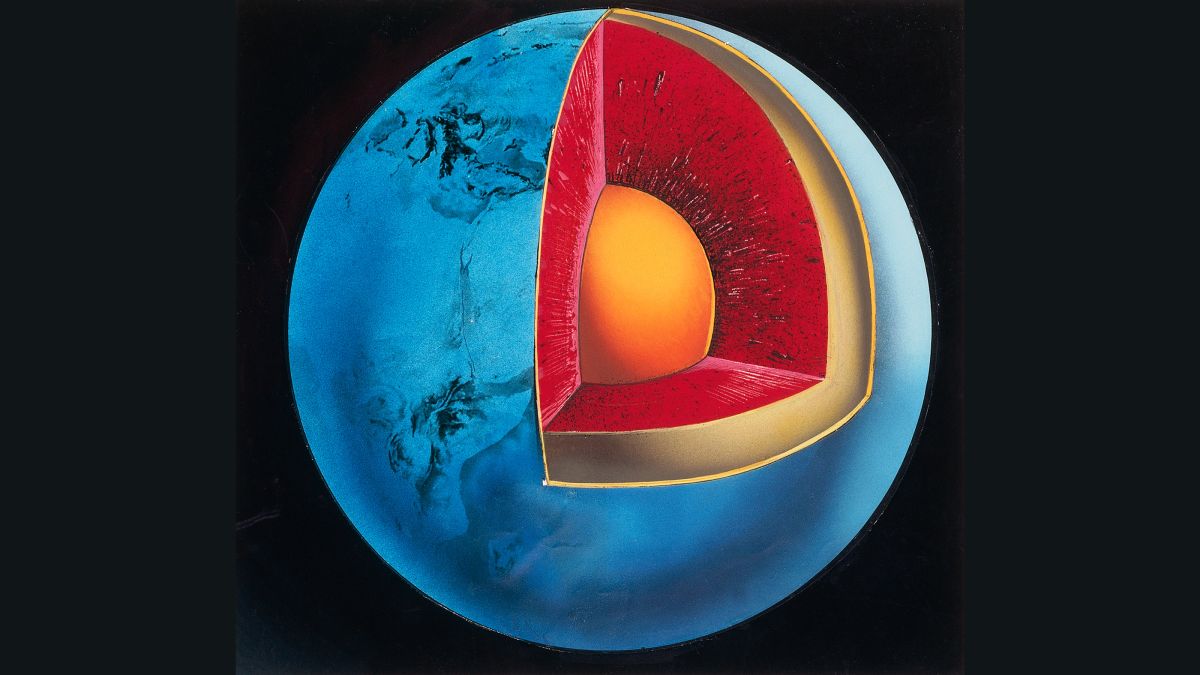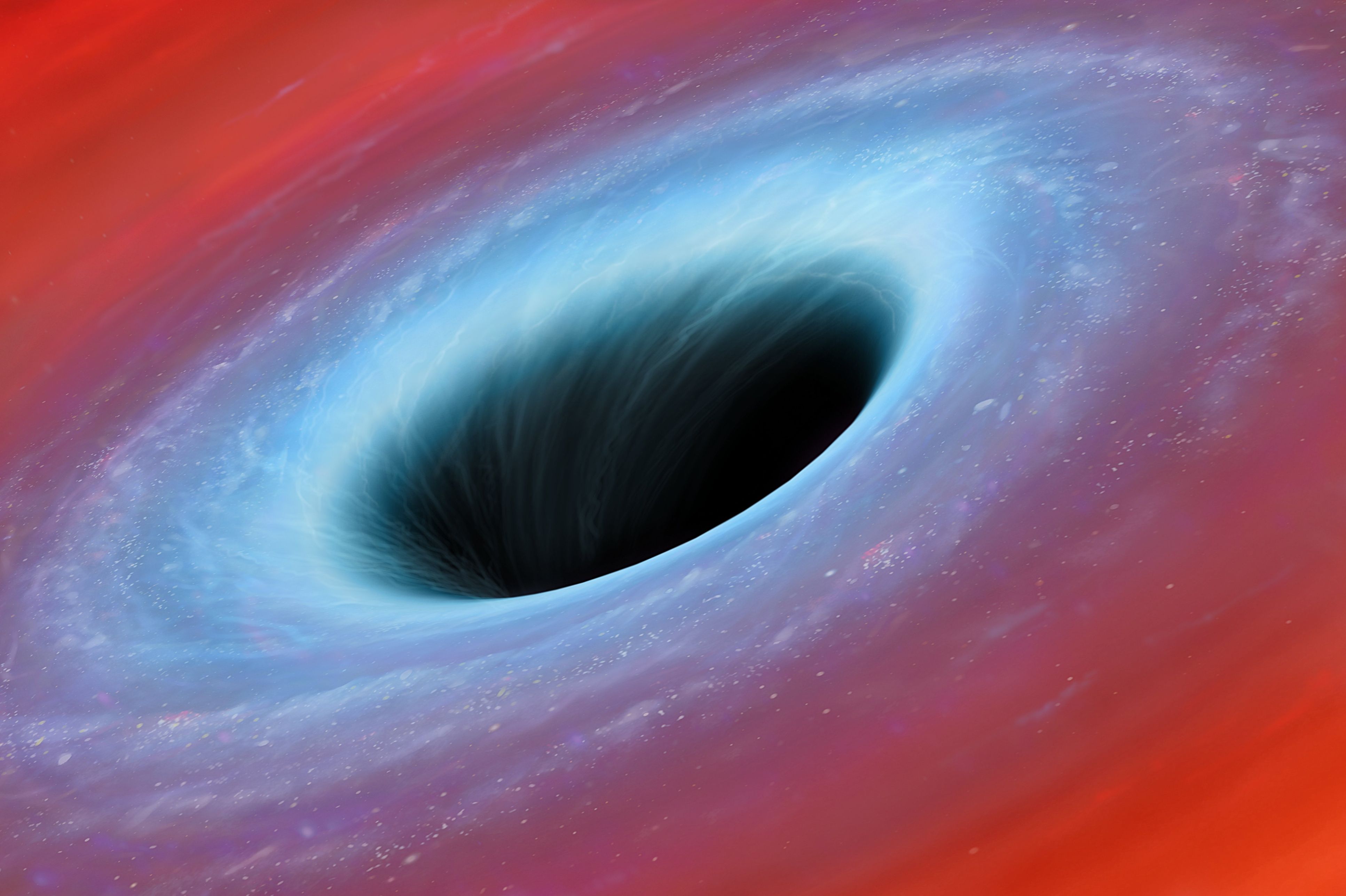Have you ever dug a hole in your backyard, or in the playground? How deep were you able to dig? 1 foot? 2 feet? Or perhaps you really worked hard, and were able to dig a hole that was 3 feet deep.
What would you need, if you wanted to dig a really deep hole? You could use a shovel, but eventually it would become too difficult. As the hole became deeper, you would need a way to remove the dirt as you loosened it. Otherwise you would not be able to throw the dirt out of the hole.
As your hole became deeper, you would quickly dig through the soft regolith or dirt, and begin hitting your shovel against hard bedrock. In order to continue digging, you would need a jack hammer, or drill to break through.
Suppose that you had all of this equipment available to you, how deep could you dig? The deepest mines on Earth are only about 2.5 miles deep. Some geologists have used massive drilling equipment to take narrow core samples from as deep as seven miles beneath the surface of the Earth.
This seems like a very deep hole, but when compared to the overall radius, of the Earth, it is just scratching the surface. The Earth is approximately 4,000 miles (6,400 kilometers) from surface to center.
How Do We Know?
If scientists have never studied any materials from a depth below 7 miles, then how is it that we know what is in the center of the Earth? How can we know what the core of the Earth is made of, if we have never seen it?
The answer is actually quite simple. While it is true that we can not study the Earth’s core using visible light, we can study it using other senses. The most important thing we use to sense the Earth’s core are seismic waves. Seismic waves are waves of energy caused either by earthquakes, or by massive manmade explosions.
Seismic waves help scientists study the Earth’s interior.
Scientists are able to measure these waves as they pass through the Earth. As these waves encounter different materials, they change in important ways, becoming longer, shorter, faster, or slower. Geologists study these changes in the waves, and are able to draw conclusions about what the core of the Earth must look like.
Geologists also can learn a lot about the core of our planet by looking at Earth’s magnetic field. The Magnetic field is created by massive circulations of hot liquid mantel beneath the Earth’s surface.
These clues lead geologists to believe that the Earth is made of four distinct layers. These layers are the crust, the mantel, the outer core, and the inner core.
The Earth’s Crust
The first layer consists of about 1o miles of rock and loose materials, scientists call the crust. Underneath the continents, the crust is almost three times as thick, as it is under the oceans.
The Earth’s Mantle
Traveling beyond the Earth’s crust, we next encounter the mantle. The mantle extends to a depth of approximately 1,800 miles, as is made of a thick solid rocky substance that represents about 85% of the total weight and mass of the Earth.
The first 50 miles of the mantle are believed to consist of very hard rigid rock. The next 150 miles or so is believed to be super-heated solid rock, that due to the heat energy is very weak. Below that for the next several hundred miles, the Earth mantle is believed to once again be made up of very solid and sturdy rock materials.
The Earth’s Outer Core
Traveling still deeper within the Earth, we next would encounter the Earth’s outer core, which extends to a depth of around 3000 miles beneath the surface. It is believed that this outer core is made up of super-heated liquid molten lava. This lava is believed to be mostly iron, and nickel.
The Earth’s Inner Core
Finally, we would reach the Earth’s inner core. The inner core extends another 900 miles inward towards the center of the Earth. It is believed that this inner core is a solid ball of mostly iron, and nickel.






